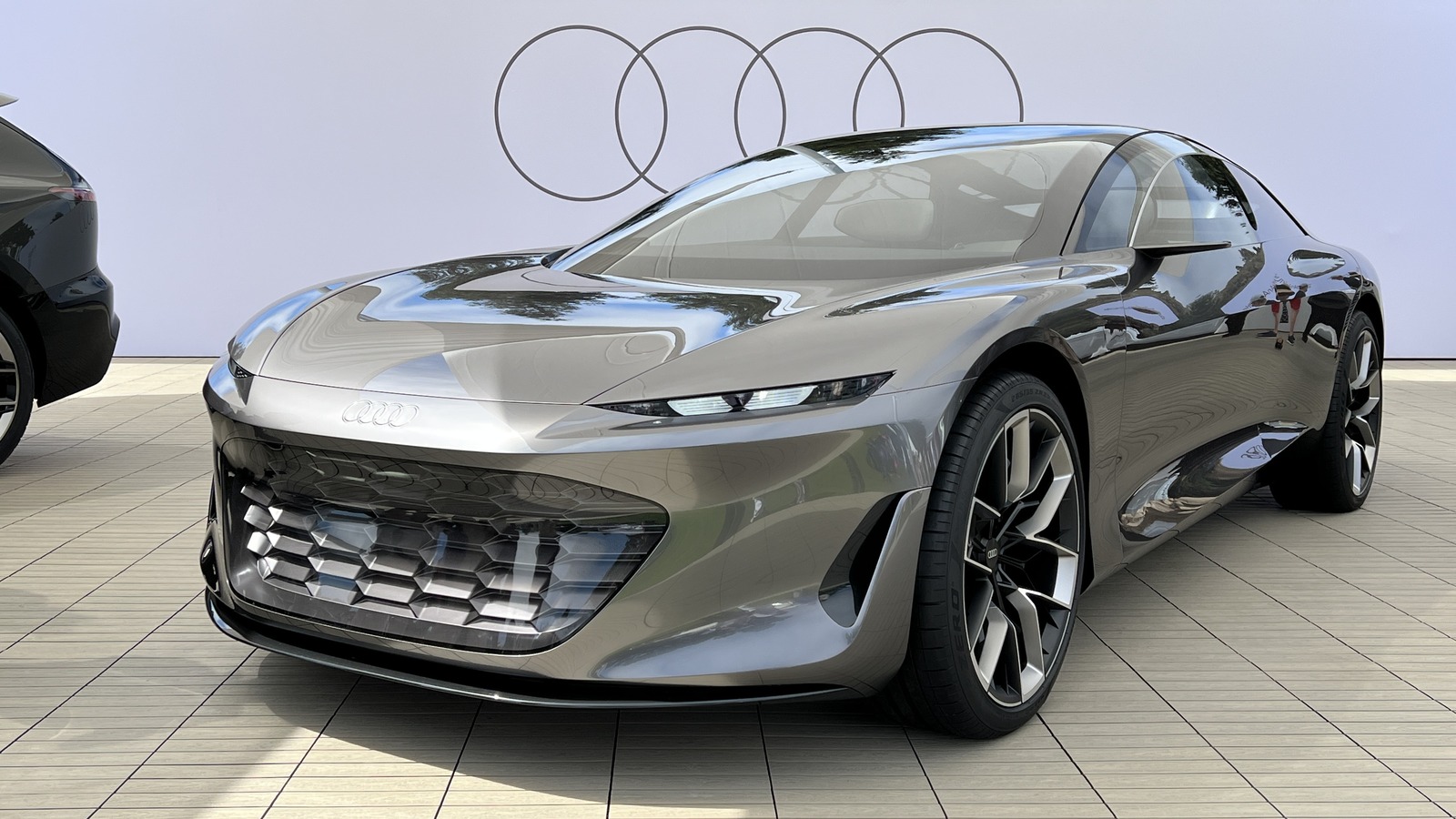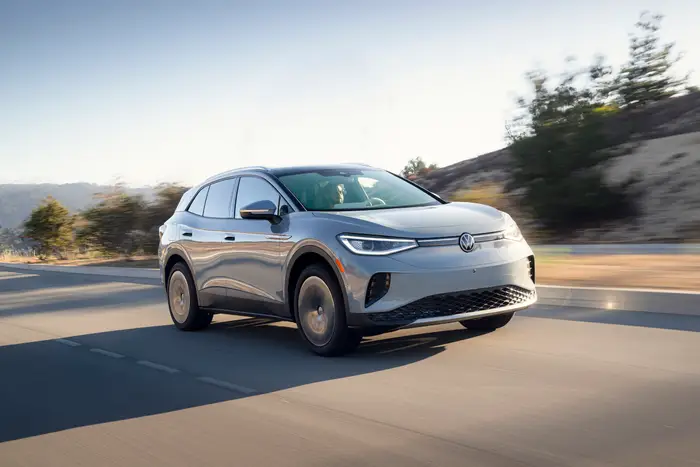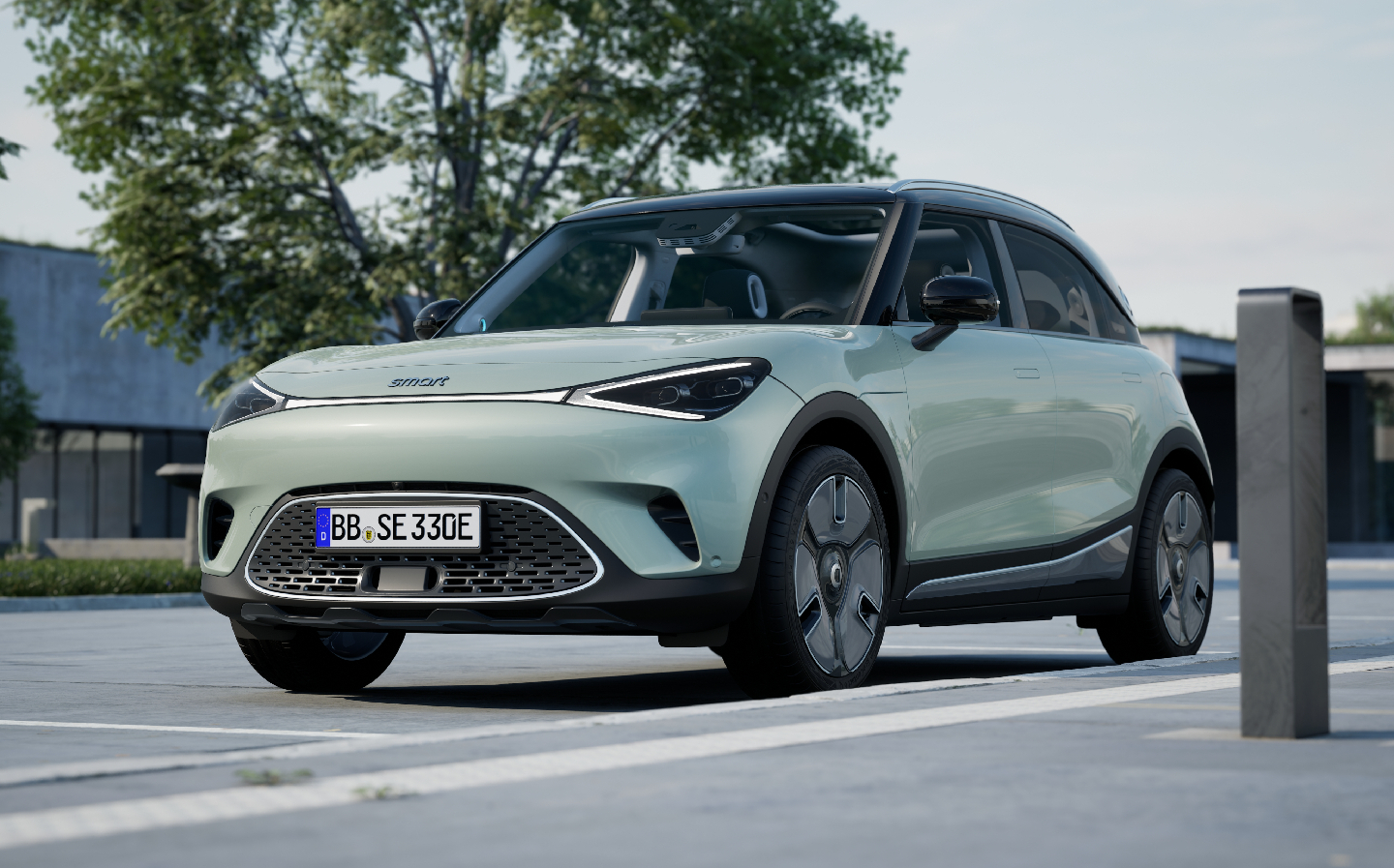When it comes to convenient home entry and exit, an efficient and reliable garage door opener makes all the difference. The Craftsman Garage Door Opener 1/2 HP model has gained popularity due to its robustness and ease of use. However, setting up and programming it can feel daunting for beginners. This article provides a step-by-step guide to Craftsman Garage Door Opener 1/2 HP programming, making the process straightforward. We’ll cover everything from initial setup to remote programming and troubleshooting.

What You Need to Know About Craftsman Garage Door Opener 1/2 HP
Craftsman garage door openers are known for their durability and reliability, and the 1/2 HP model is ideal for a variety of residential garage doors. With the right programming, your garage door opener can offer the perfect blend of security and convenience. Before diving into the programming steps, here are a few basics about this model:
- Motor Strength: The 1/2 HP motor is strong enough to lift most residential garage doors, including sectional doors, without strain.
- Safety Features: Includes sensors to prevent accidents, stopping and reversing if an obstruction is detected.
- Remote Control Capabilities: Can be paired with multiple remotes for family convenience.
- Wall-Mounted Control Panel: Allows for operation without needing a remote, adding a layer of convenience.
If you’re looking to set up or reprogram your Craftsman Garage Door Opener 1/2 HP, read on for step-by-step instructions to make the process as smooth as possible.
How to Program Craftsman Garage Door Opener 1/2 HP: Step-by-Step Guide
The programming process for your Craftsman Garage Door Opener 1/2 HP is relatively straightforward. Follow these steps carefully to ensure correct setup and operation:
Step 1: Locate the “Learn” Button
The “Learn” button is key to programming your garage door opener. You can find it on the back or side panel of the motor unit. Depending on the model, the “Learn” button may be different colors (often red, green, or yellow).
- Open the back panel of the garage door opener to expose the programming buttons.
- Look for a small button labeled “Learn” near the top.
Step 2: Set the Door Position and Safety Sensors
Before programming, it’s essential to check the position of the garage door and test the safety sensors.
- Close the garage door completely to ensure the opener has an accurate starting point.
- Inspect the safety sensors, usually located near the bottom of the door frame. They should be aligned properly and free from dust or obstructions.
Step 3: Programming the Remote Control
Programming the remote control to operate the Craftsman Garage Door Opener 1/2 HP is a quick and easy process:
- Press and hold the “Learn” button until the LED light turns on. This light will stay on for about 30 seconds.
- Press the button on your remote control while the LED light is still on. You should see the LED blink, indicating successful pairing.
- Test the remote to ensure it operates the garage door.
Repeat these steps if you want to pair additional remotes. You can program multiple remotes to operate the same garage door opener.
Step 4: Setting Up the Keypad (If Available)
If your Craftsman garage door opener includes a keypad, follow these steps to program it:
- Press and release the “Learn” button on the motor unit.
- Within 30 seconds, enter your desired four-digit PIN on the keypad and press the Enter button.
- The LED on the motor unit should blink, indicating that the PIN has been successfully saved.
You can now use this PIN to operate the garage door by entering it on the keypad and pressing the enter button.
Troubleshooting Common Craftsman Garage Door Opener Programming Issues
If you encounter issues during the programming process, here are some common problems and solutions:
Issue 1: Remote Control Not Working After Programming
If the remote control is not functioning even after programming, try the following:
- Battery Check: Make sure the battery in the remote is fresh and correctly installed.
- Reprogram: Repeat the programming steps to ensure the remote is synced with the motor unit.
- Range: Ensure you are within the operating range of the remote.
Issue 2: Keypad Not Responding
When the keypad fails to respond or operate the garage door, consider the following fixes:
- Check the PIN: Ensure you have entered the correct four-digit PIN.
- Replace Batteries: Keypads rely on batteries that may need replacement over time.
- Reprogram the Keypad: Follow the programming steps again to ensure the PIN is correctly saved.
Issue 3: Door Does Not Close or Reverses
If the door reverses after attempting to close, it may be due to the safety sensors. Here’s how to troubleshoot:
- Check Sensor Alignment: Ensure both sensors are aligned, as a misaligned sensor will prevent the door from closing.
- Remove Obstacles: Ensure there are no obstructions in the path of the sensors.
- Clean Sensors: Dust and dirt can block the sensor’s function, so give them a gentle cleaning with a dry cloth.
Maintaining Your Craftsman Garage Door Opener 1/2 HP for Optimal Performance
Regular maintenance of your Craftsman Garage Door Opener 1/2 HP ensures it functions smoothly and lasts longer. Here are some maintenance tips:
1. Regular Lubrication
To keep the motor and chain running smoothly, apply a garage door lubricant to the moving parts. Avoid using thick grease as it can attract dust and debris.
2. Inspect Safety Sensors
The sensors play a crucial role in preventing accidents. Inspect them monthly to ensure they are clean and correctly aligned.
3. Test the Balance of the Garage Door
An imbalanced garage door puts additional strain on the motor. To test, disconnect the door from the opener and manually lift it. If it doesn’t stay open halfway, consider contacting a professional for adjustment.
4. Replace Remote Batteries Annually
The batteries in the remote control should be replaced at least once a year, or whenever you notice a decrease in range. This ensures you can reliably operate your garage door from a distance.
Benefits of Properly Programming Your Craftsman Garage Door Opener 1/2 HP
Programming your garage door opener isn’t just about getting it to work; it’s about maximizing its benefits for convenience, security, and safety. Here’s how:
- Enhanced Security: Proper programming prevents unauthorized access and ensures only the remotes you authorize can control the door.
- Convenience: You and your family can seamlessly access the garage, making day-to-day routines easier.
- Safety: A programmed opener with working sensors and a reliable remote reduces the chances of accidents.
- Energy Efficiency: Quick and accurate programming means the opener functions more efficiently, which can be more energy-saving.
Read too: Craftsman 3/4 HP Garage Door Opener Parts List
Final Thoughts on Craftsman Garage Door Opener 1/2 HP Programming
Setting up and programming your Craftsman Garage Door Opener 1/2 HP doesn’t have to be a complex task. With this guide, you should feel more confident handling setup and troubleshooting. Remember to periodically check your opener’s functionality to ensure safety and optimal performance. If issues persist, consult the user manual or reach out to a professional technician. A well-maintained garage door opener will provide you with years of smooth and secure operation.
With the right programming, you can enjoy both convenience and security with your Craftsman garage door opener. Follow the steps outlined in this guide, and you’ll have your garage door opener working in no time. Happy programming!




















